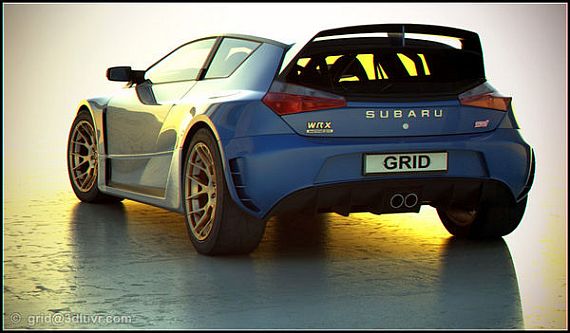Subaru Wrx Sti 2012
Torsen (full name Torsen traction) is a type of differential used in automobiles. It was invented by American Vernon Gleasman and manufactured by the Gleason Corporation. Torsen is a contraction of Torque-Sensing. TORSEN and TORSEN Traction are registered trademarks of JTEKT Torsen North America Inc (formerly Zexel Corporation, formerly Gleason Power Systems). All Torsen differentials have their origin in the Dual-Drive Differential that was
invented and patented by Gleasman in 1958.

The Torsen T-3 will be employed as the centre differential in all future non-Haldex Traction Audi models with quattro four-wheel drive, current applications: 2008 Audi S4 (B7), Audi RS4 (B7), and Audi Q7. Alfa Romeo uses Torsen C twin differential in Alfa Romeo 156 Crosswagon Q4 and then in 159, Brera and Spider Q4 models. Also Toyota uses a Torsen T-3 in the center differential of the Toyota 4Runner and Lexus GX470, with manual locking feature, and GM has a Torsen T-3 centre differential in the (non rear drive) Chevrolet TrailBlazer SS. The Torsen differential works just like a conventional differential but can lock up if a torque imbalance occurs, the maximum ratio of torque imbalance being defined by the Torque Bias Ratio (TBR). When a Torsen has a 3:1 TBR, that means that one side of the differential can handle up to 75% while the other side would have to only handle 25% of applied torque. During acceleration under asymmetric traction conditions, so long as the higher traction side can handle the higher percentage of applied torque, no relative wheelspin will occur. When the traction difference exceeds the TBR, the slower output side of the differential receives the tractive torque of the faster wheel multiplied by the TBR; any extra torque remaining from applied torque contributes to the angular acceleration of the faster output side of the differential.
invented and patented by Gleasman in 1958.












0 comments:
Post a Comment